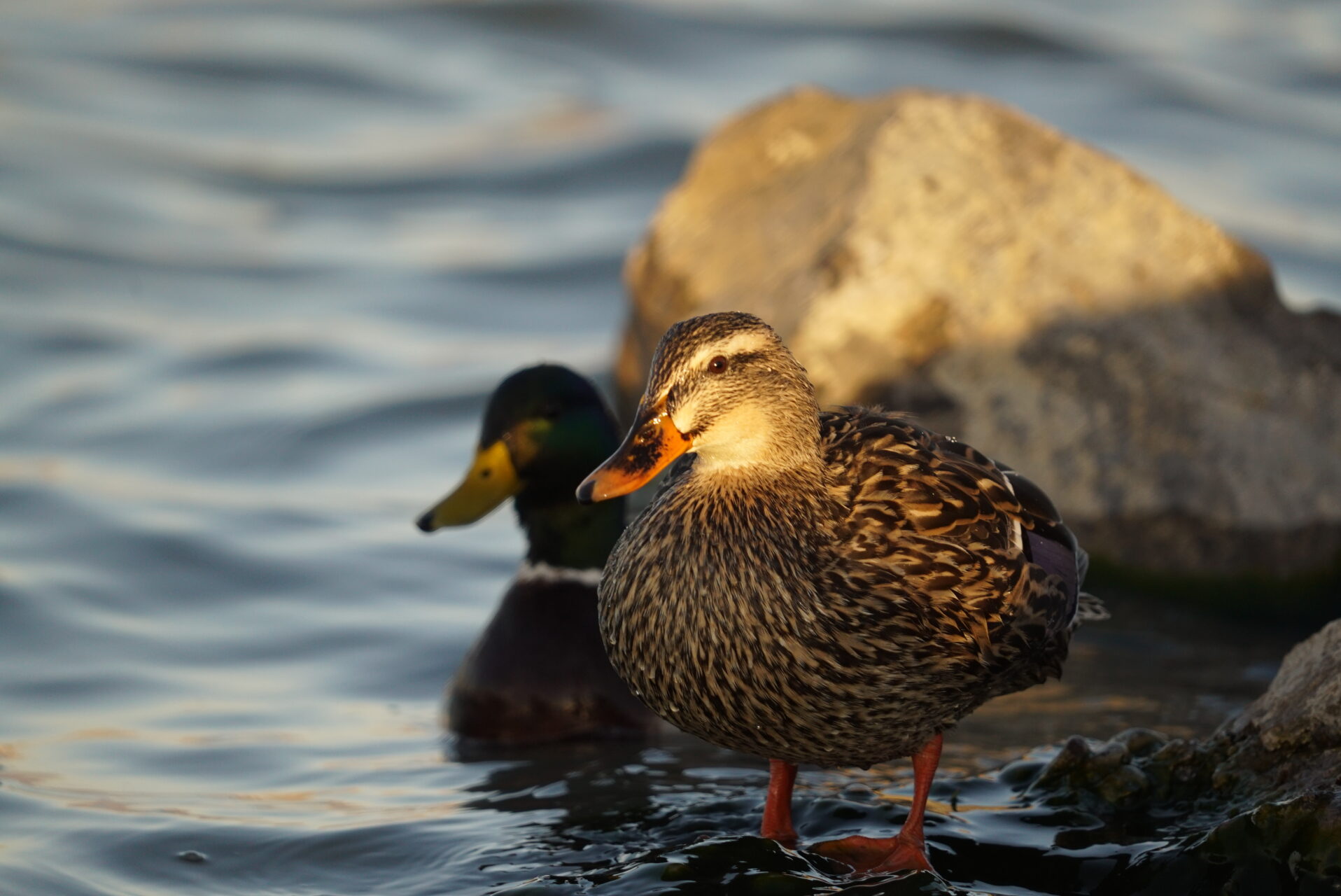
Migratory birds have begun their annual trek north, exciting birders and bird enthusiasts who will be watching for them.
KC Childes has been a birder for more than 25 years and is a board member of the Utah County Birders organization. He said the spring migration usually spans from mid-February to the start of June. Utah County can expect large numbers of waterfowl, such as duck, geese and swans as they move northward from Central and South America, he said.
“I went out this morning and it was fun to already start seeing migrants coming through, like mountain bluebirds, and seeing a lot more ducks out on Utah Lake starting to move through,” he said. Sparrows usually come next, followed by shorebirds, Childs said.
For birders — people who seek out sightings of birds — the spring migration is an exciting time to see birds that otherwise don’t spend time in Utah.
“You’re not getting to see all the same birds you see all winter. There’s starting to be a shuffle of birds,” Childs said. “So I’m just excited to see what shows up.”
Birds often stop in Utah to rest and refuel on their flight north, Keeli Marvel, BYU graduate and wildlife biologist, said. Utah is in the Pacific Flyway, a major migratory path for birds traveling north or south, she said.
In addition to Utah Lake, birds stop at the Great Salt Lake to feed themselves, Marvel said.
“We’ve got the Great Salt Lake and so we host a very large number of waterfowl and other shorebirds that migrate through and they stopped to fuel up at the Great Salt Lake,” Marvel said. “(The Great Salt Lake) has got a significant brine shrimp and brine fly population and a lot of shorebirds will stop over and double their weight eating the brine shrimp and the brine flies,” Marvel said.
Birds frequently stop in Utah County specifically because of its diverse terrain, Yvonne Carter, Utah County Birders president, said.
“Utah County is very phenomenal because we have all of the habitats … All the way from the alpine to the mountains, a lot of your water areas and wetlands (and) your desert terrain,” she said.
Birds have been migrating slightly later this year than they have in the past, according to Carter’s observations. Bird migrations are often so precise observers can pin exactly when the first of a species, such as Snow Geese, will pass through an area.
“They can almost pin it down to the day that (Snow Geese) will go through and we’re talking about hundreds of thousands of Snow Geese at once,” Carter said. “They just cover the fields, all of Gunnison reservoir; it’s crazy.”
Those interested in seeing any of the birds that will be traveling to and through Utah should know location matters. Areas with plenty of foliage and water are often the best to find many species, according to Marvel.
“Anywhere there’s a lot of trees — so funny enough, cemeteries are actually kind of good for bird watching, especially in the winter,” she said.
Utah has several bird festivals, including the Great Salt Lake Bird Festival in May. Apps and programs such as eBird can help birders identify the birds they see.




